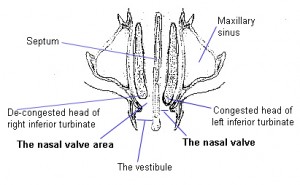Never leave your larynx to go through sudden conditions – from cold to hot and vice versa. Sour and spicy foods spoil your voice. Eat sweet foods for good voice. 
For a disciple, physical, mental, and spiritual work must be equally sacred.
For a saint 1 hour is determined for physical work, 3 hours – for the heart and 7 hours – mental work. And some of you do not work. And now, due to idleness, deformation in the organisms starts. You begin to feel pain in the head, the stomach, the legs, the arms. It is good to have a garden, where to work for at least one hour to get rid of the useless energy. You will dig with a hoe if you want to be healthy. There are negative energies, which have to enter in the earth Australian viagra and cialis online.
Overeating in the physical, spiritual, or mental worlds, leads to surfeit. It is not allowed surfeit in work, either. Surfeit also leads to numerous painful diseases.
You need healthy food, no drinks or syrups, but only clean water, healthy clothes, homes with large windows, abundance of light, and at least two hours of physical work every day. The oils and pans shall be thrown away from your kitchen. It is a sin a woman to cook for 4-5 hours! What a culture is that? One hour is well enough for the preparation of the food, and the rest of the time shall be spent for spiritual work: reading, music, art and everything that can raise and ennoble the heart and soul.
Soap is not necessary for people. Once a month it is enough for one to wash with soap. The face has the ability to wash by itself. Electricity and magnetism flow out from each cell and pore of the body, which wash both the face and the whole body.
Modern people began to suffer with not-coming-out to a walk in the open air. We live like prisoners. Do you think that a building of 4-5 floors or 10 is healthy?
If someone lives for a long time in the mountain, he will gain something for sure or lose much. He will become wild and rougher. If he lives for a long time in the valley is not good, either. There shall be changes. There shall be coming up and down.
When you are on a walk in the mountain, go slowly, calmly, without haste. Stop at every one hundred meters for a short break of about 30 seconds per foot. The higher you climb, the slower you shall go. In this way you will adjust to the powers of Nature and you will use them wisely.
www.australia-pharmacy.com – cheap viagra pharmacy. Sildenafil citrate australia online.
Throw away the black glasses from your eyes! One has to look right through his eyes, clearly, without obstructions. The soul is open and free to enjoy everything.
Behind each flower, there is a rational being stays, due to which it is not allowed they to be picked. It is allowed in an extreme case for remedy after the permission of the rational being.
